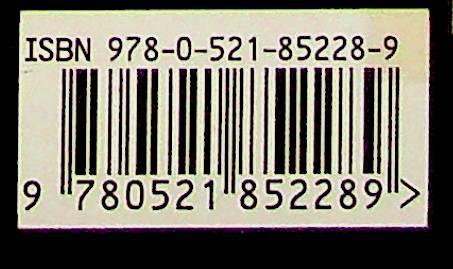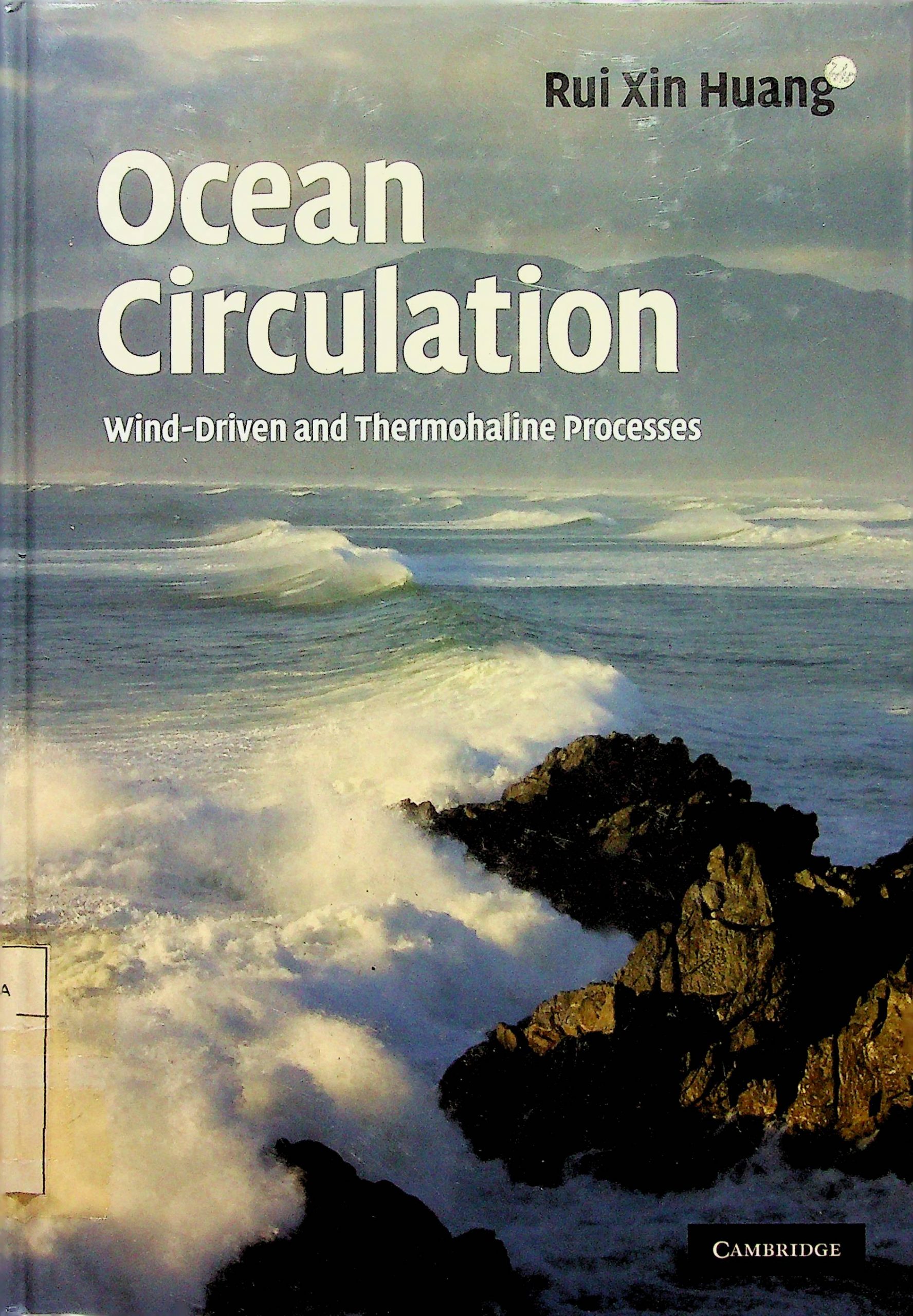With great progress being made in science and technology, we are becoming more interested in finding out how the climate system, including the oceanic general circulation, works on our planet. This book is written for the general reader who is searching for knowledge about oceanic circulation and its relevance to climate and the global environment on Earth.During the process of collecting the materials for this book, I have tried to achieve a sensible balance between the physical concepts fundamental to the oceanic circulation, well-established theories, and recent developments associated with the frontiers in our field. As its title suggests, the book is about the wind-driven and thermohaline processes in the oceans. Although many theories about the oceanic general circulation have developed over recent decades, it is clear that our understanding of the circulation remains rudimentary at best. Since this book is intended as a textbook for graduate students, I have made a majoreffort to describe and explain the physical aspects of the circulation without relying on the sometimes complicated mathematics. To aid the reader, I have included many diagrams illustrating the physics. In terms of the theoretical part of the book, I have made every effort to present new theories and thoughts about the energetic theory of the oceanic general circulation. Although energetics is one of the fundamental aspects of any dynamical system, the importance of examining the energetics of the oceanic general circulation has so far not been widelyappreciated. In fact, there is no reliable estimate of the fundamental terms of energy balance, in particular the balance of mechanical energy, which is now believed to play a criticallyimportant role in regulating the oceanic general circulation. Clearly, much work still needs to be done, most probably by young students who may be inspired by the fact that so many aspects of the energetics of oceanic circulation remain uncertain or barely known. Since new theories are created almost every day, the situation is rather similar to that in thcomputer industry, where any product you buy may already be obsolete. Thus, in publishing a book about thermohaline circulation and its energetic theory, I could find myself in a situation where the theories collected in this book may soon be out of date and will haveto be replaced by new theories which will be created in the near future. Nevertheless, I will be happy if this book can serve as a learning base for young students on their journey to uncover the mysteries of oceanic circulation. 4 This book includes many of my own personal views. Although I have made an effortto be broad-minded, the book - like most of the books published previously - necessarilyreflects a personal view of the subjects discussed. Because it is a textbook, I have alsoincluded many results, some of them very elementary and well known, and others whichmay be somewhat new to the community at large. I do not claim any personal credit for allthe material presented in the book. To illustrate the historical development of oceanic circulation, I have cited some of the ideas tested by pioneers in the field. As our understanding has progressed, some of these ideas have proved to be unworthy or even incorrect. I believe it is important for the young reader to learn from some of these mistakes made by our predecessors, so that they will not fall into similar traps.I have followed a long and winding road in science. When I was young, I enjoyed asimple and happy student life until I finished my undergraduate education. During my years in school, I benefited greatly from many excellent teachers, who taught me how to think, and how to work as an honest student and a future scientist. During the so-called Cultural Revolution I lost 10 years of the most precious time in my career. Along with many other young people, I forgot what I had learned in school and did virtually no science during that period. Life then changed to a completely different path, and a goal I had never dared to dream of came true when I entered graduate school in China in 1978. Owing to the selfless and persistent encouragement of my English teacher, Ms. Mary Van de Water, I came to the United States as a graduate student in 1980. My career in oceanography started 28 years ago when I took part in and eventually graduated from the M1T/WHOI Joint Program in Oceanography. I had the good fortune to meet and get to know the late Hank Stommel when I came back to Woods Hole as an entrance-level scientist. Despite the great differences in our experiences, we became close friends. Over a period of more than five years, I talked to Hank every day, and his personal approach to science and to life had a profound impact on me. Most of all, I started to think about the physics of oceanic circulation, rather than the mathematical and technical details. This book is dedicated to my lifelong memory of his impact on oceanography and to his personal charm. I also received a great deal of help from my teachers at MIT and Woods Hole during and after my student years, including Glen Flierl, Mark Cane, and Carl Wunsch. In particular,my former teacher and now close friend, Joseph Pedlosky, has given me much help and personal advice over the past two decades. During the period of writing this book, I have received considerable help from many good friends and colleagues, including Terry Joyce, Ray Schmidt, Xiangze Jin, Wei Wang, Qinyu Liu, Ted Durland, Zijun Gan, Yuping Guan, Hua Jiang and others. In particular, Joe Pedlosky and Fu Jia read part of the draft and offered many constructive comments; Bruce Warren helped me to update the figures associated with deepwater formation and deep circulation. Many of my former students read the lecture notes I used for the graduate
Buku Text
-
No Scan127
-
No Klasifikasi387.204 3
-
ISBN
-
ISSN
-
No Registrasi45A/1V/2012
-
Lokasi Terbit
-
Jumlah Hal79
-
Label387.204 3
-
Versi DigitalTIDAK
-
Versi FisikTIDAK
-
Lokasi Rak Buku Fisik//
-
Jumlah Exemplar Fisik Tersedia-






